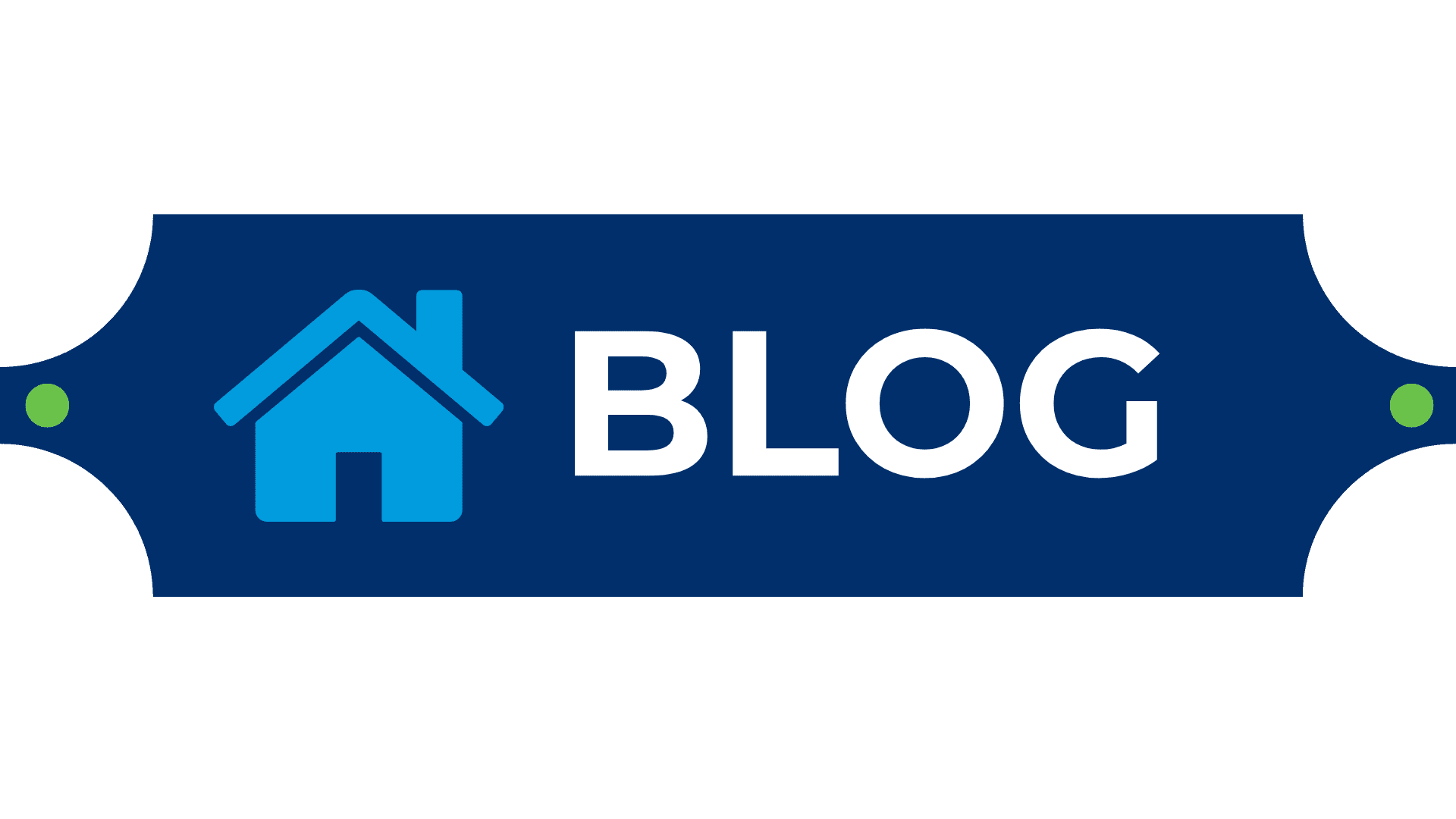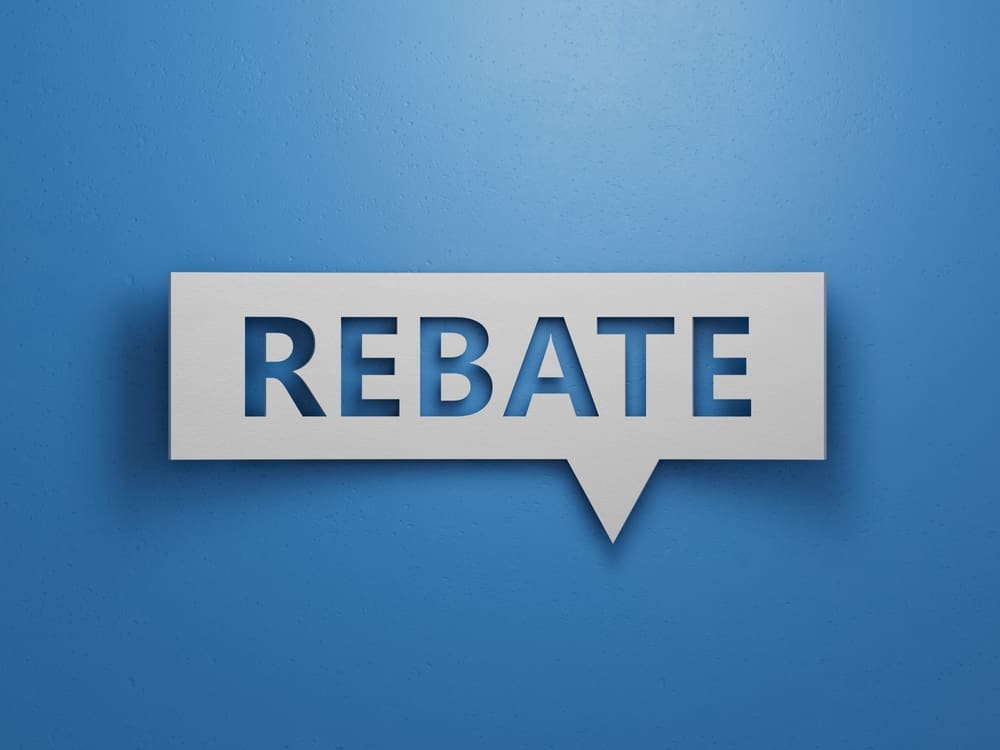The Role of Rebates in the Pricing Conversation
Most homeowners aren’t aware of the rebates available to them, but when price becomes a sticking point, those incentives can make a meaningful difference, from an HVAC system to a water heater or a generator.
Because so many of these programs are tied to high-efficiency equipment, rebates actually lead homeowners to invest in higher-performing systems than they would have initially planned for. When contractors understand what’s available, and can explain it clearly, they not only help customers make informed choices.
Federal & State Rebates: What Contractors Need to Know
Federal Rebates at a Glance
The Inflation Reduction Act (IRA) is a federal law that was passed in 2022. This law has three major benefits for small businesses: a) lowering health care cost; b) enhancing supply chain resiliency; and c) supporting greater clean energy adoption.
IRA tax credits and rebates aim to benefit homeowners directly, including an up to $3,200 annual tax credit for residential energy improvements, which includes:
- $1,200/year for upgrades like HVAC systems, insulation, windows, and doors
- $2,000/year specifically for qualifying heat pumps and heat pump water heaters
Contractors can reap the benefits if positioned correctly in sales conversations, this can help build value, connections and savings for customers.
State Incentives Worth Watching
Most states layer their own rebates on top of federal programs, creating a stackable savings opportunity. These rebates often cover heat pumps, tankless water heaters, smart thermostats, and, in some cases, generators.
For instance:
- Massachusetts offers up to $10,000 through its Mass Save program.
- California, Florida, and Texas have utility-led programs focused on electrification and energy resilience.
How Contractors Use Rebates to Reframe Price and Build Trust
Rebates aren’t just discounts, they’re tools that help contractors reduce sticker shock, build homeowner trust, and increase overall job value by making better systems more accessible.
- Overcome Sticker Shock
Lead with the rebate, not the retail price. Saying “This qualifies for $3,000 in rebates” immediately reframes a $14,000 system as an $11,000 opportunity and positions you as a value-driven expert. - Build Trust Through Simplicity
Homeowners often feel confused by rebates. When you explain eligibility, forms, and timelines simply, you become a trusted resource, not just another installer. - Make Better Options Easier to Say Yes To
Rebates lower the barrier to higher-efficiency systems. When a premium heat pump qualifies for $2,000 in credits, it’s easier to guide the homeowner toward a solution that performs better and lasts longer, while also increasing the overall value of the project.
Integrating Rebates Into Your Sales Process
Tell me one contractor who wouldn’t like to attract new customers and boost their sales volumes. None, right?
But not all contractors are using them as part of their sales process which means they could be missing out.
Here’s how to make rebates work at every stage:
- Discovery Phase: Rebates work best when you bring them up early on your pitch.
- Ask qualifying questions early to customize your presentation:
- “Is this your primary residence?”
- “Have you ever used energy tax credits before?”
- “Are you in it for long-term savings or cash relief upfront?”
- Ask qualifying questions early to customize your presentation:
- Continue to stay informed on the latest rebates programs from government agencies.
- Make use of your social media channels to inform homeowners about rebates.
- Proposal Phase: Present rebates clearly and show homeowners how much they can actually save.
- Break down the cost to the homeowners like this:
- Full system cost
- Less federal credit
- Less state/utility rebates
- Final out-of-pocket estimate
- Visual aids like spreadsheets or proposal templates make these savings real.
- If it’s possible, you can use “bundle qualifying services”.
- Objection Handling: Avoid confusion by providing clarity to homeowners by making it simple.
- Pre-screen homeowners for eligibility so there will be no surprises.
- Assist with filling out the paper work or let them know you will handle it.
- Follow-Through: Help your homeowners to actually get their rebate, and turn the good experience into referrals.
- Send reminders to submit the paperwork.
- Offer them a “Rebate Packet” with receipts, serial numbers, or any needed forms.
- Monitor deadlines your your end so nothing gets missed.
- Check in to confirm they got their rebate, and make it an opportunity to ask for a review if they’re happy.
Tools, Templates & Tips That Help You Win
A few reliable tools can make your rebate-driven sales process repeatable across your team:
- DSIRE Lookup Tool
Search for rebates by ZIP code or system type. Essential during discovery and quoting. - ENERGY STAR ROI Calculators
Help customers visualize how rebates will impact their long-term savings. - Rebate Cheat Sheet
Create a one-pager of the top 3–5 federal and state programs you use most. Share it during sales calls to show preparedness and authority.
Real-World Rebate Scenarios
- Heat Pump Installations
Homeowners can receive up to $2,000 in federal tax credits for qualifying high-efficiency heat pumps under the Inflation Reduction Act. In states like California, additional utility rebates may apply, bringing the total savings even higher. - Tankless Water Heaters
ENERGY STAR-certified tankless water heaters are eligible for up to $600 in federal tax credits. In some areas, local utility programs may offer additional rebates, especially when combined with other efficiency upgrades. - Standby Generators
Homeowners in wildfire-prone regions of California may qualify for up to $3,500 in state tax credits when installing a backup power system, part of a state effort to improve energy resilience.
Best Practices & Pro Tips
Want to make rebates second nature for your team? The most successful contractors treat rebates as part of their core sales strategy, not an afterthought.
Here’s how to stay sharp:
- Stay Updated
Use reliable sources like the Database of State Incentives for Renewables & Efficiency (DSIRE) database or your local utility’s energy efficiency site to track changes in rebate availability, amounts, and eligibility. - Practice as a Team
Run weekly role-plays that include rebate talk tracks. Practice reframing sticker price conversations using rebates and walk through common homeowner questions. - Partner with Local Utilities
Many utility companies and energy nonprofits offer contractor toolkits, co-branded marketing support, or early access to new programs. These partnerships can also help generate leads and build trust with customers.
Putting Rebates to Work as Customer-First Tools
Rebates aren’t just another discount, they’re an opportunity to improve the homeowner’s experience at every step. By weaving incentive programs into your sales conversations, you help customers tap into money that’s already on the table, making upgrades feel less like a cost and more like a value-add.
- Start with the customer’s benefit. Frame rebates as a no-brainer way to stretch their budget further and unlock the best equipment for their home.
- Make it effortless. Offer to handle the paperwork and walk them through eligibility, your guidance transforms a confusing process into a seamless win.
- Pair with the Premier Program® experience. Beyond simply spreading payments out, our all-in-one service model means maintenance, repairs, and peace of mind are built in. When rebates reduce the net investment and the Premier Program takes care of everything else, homeowners see why the upgrade is truly risk-free.
At Comfort Connect, we believe a smooth, confident sales process is about more than price. It’s about guiding homeowners toward smarter, more comfortable choices, backed by every rebate and every service we offer. Ready to make rebates your secret sales weapon? Download our free Rebate Checklist or reach out to schedule a meeting to learn how we can help you grow.










